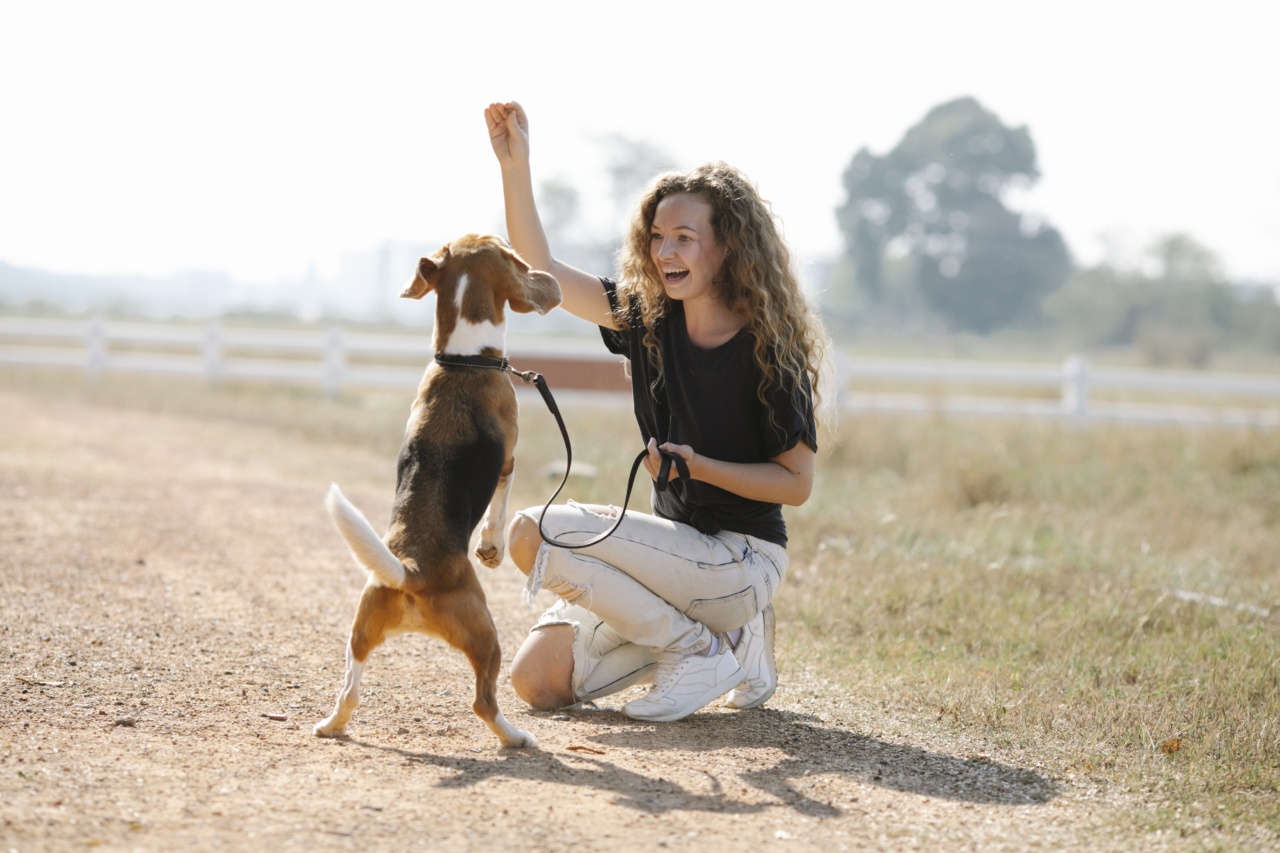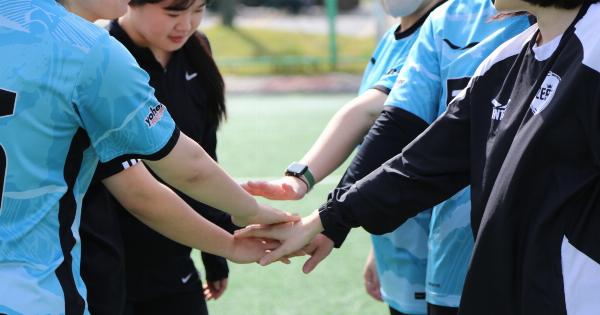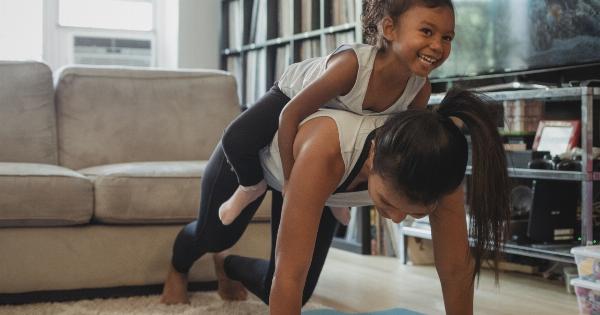Agility training is a fantastic way to bond with your furry friend while keeping them physically fit.
It is a sport where dogs navigate an obstacle course, including tunnels, jumps, weave poles, and other equipment, all while following commands from their handler. Not only does agility training provide a fun and stimulating activity for your dog, but it can also improve their obedience and overall behavior.
In this comprehensive guide, we will cover everything you need to know to get started with agility training for your canine companion.
What are the Benefits of Agility Training?
Agility training is an excellent way to promote physical health and fitness for your furry friend. Running through obstacle courses, jumps, and tunnels can greatly improve your dog’s cardiovascular health, coordination, and stamina.
It is also beneficial for their mental health, offering a fun and exciting activity that engages their intellect and can reduce boredom and destructive behavior as a result.
In addition, agility training can help improve your dog’s obedience and behavior. It teaches them to follow commands, strengthens the bond between dog and owner, and builds trust and confidence between the two of you.
Practicing agility can also help your pet gain confidence in themselves, making them more resilient, bold, and sociable dogs overall.
Getting Started with Agility Training
Before starting agility training with your pooch, it is wise to take a few preliminary steps to ensure that both you and your dog are ready for the challenges ahead.
First, consult with your veterinarian to ensure that your dog is in good physical condition and is healthy enough for this type of activity. You should also take the time to ensure that they are up to date on all vaccinations and preventative medications.
Next, invest in some essential equipment to practice your new hobby. Agility equipment can include jumps, weave poles, chutes, tunnels and tables.
While commercial equipment can be expensive, it is possible to build your own agility course using household items, such as PVC tubes, lumber, and tarps.
Before starting with equipment, however, it’s important to start with the basics. Begin by working on your dog’s obedience and training with basic commands such as sit, stay, and heel.
This will help ensure they are responsive and attentive when on the course. You can also begin to teach your dog to walk on a leash without pulling and to run alongside you, which is important for navigating obstacles on the course.
Training Your Dog for Agility
Once you and your dog have gotten the hang of basic obedience, it’s time to start with the agility training itself. Start with training your dog to jump, as this is one of the main tasks in agility.
Begin with low jumps at first and gradually increase the height as your dog becomes more confident and skilled. Practice the jump command from different angles and at various speeds to ensure your dog is ready for anything.
Next, work on weave pole training. This can be done by teaching your dog to navigate a series of poles with a pattern of alternating left and right weaves.
This training may be challenging at first, but once your dog understands the concept, they will be able to weave their way through many other obstacles on the course.
Another key aspect of agility training is teaching your dog to properly navigate tunnels and chutes.
These can be especially challenging for dogs who are sensitive to dark, narrow spaces, so it’s important to take things slow and gradually encourage your dog to trust the equipment. Start by encouraging your furry friend to walk through the tunnels before gradually increasing speed and complexity.
Commands to Know
As you begin practicing agility training with your dog, it’s important to know the commands and instructions that will be used on the course. Some important commands to begin training with include:.
- “Jump”- to cue your dog to jump over a hurdle or obstacle.
- “Tunnel”- to cue your dog to enter and exit tunnels.
- “Weave”- to cue your dog to weave through a set of poles.
- “Table”- to cue your dog to jump onto a raised platform and pause for a set amount of time before continuing.
- “Contact”- to cue your dog to touch specific contact points on equipment such as the A-Frame or teeter-totter.
Safety Tips for Agility Training
As with any physical activity, it’s important to keep safety in mind when practicing agility training with your dog. Here are a few tips to help ensure a safe and enjoyable experience:.
- Make sure your dog is agile enough to handle the course.
- Start with low jumps and gradually increase height as your dog improves.
- Monitor your dog’s physical condition and stop immediately if they become exhausted or overheated.
- Be patient- some dogs may need more time to build confidence and handle difficult obstacles.
- Ensure all equipment is secure and sturdy before each practice session.
Conclusion
Agility training is a great activity for both you and your furry friend. With consistent training, patience, and lots of positive reinforcement, you can help your dog to become a confident and skilled agile athlete.
Not only will this improve their physical health and behavior, but it will also create a stronger bond between you and your beloved pet that will last for years to come. So, get out there and start jumping for joy!.





























